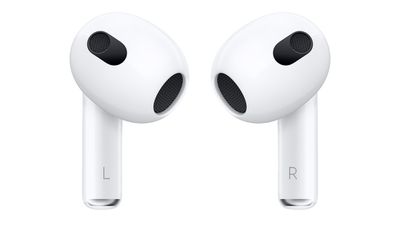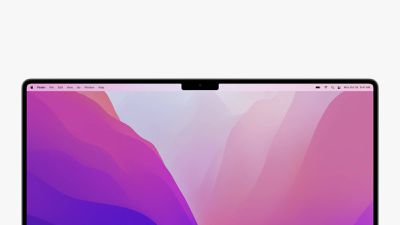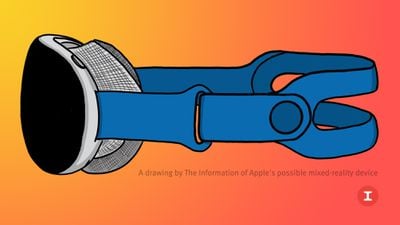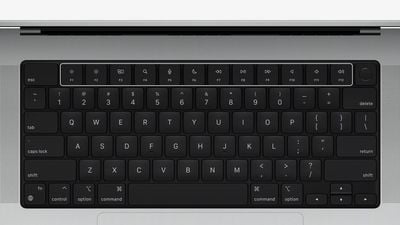Apple is making impressive and eye-catching claims about the performance of its new M1 Pro and M1 Max chips, and on paper, the highest-end M1 Max chip actually has more raw GPU performance than Sony's PlayStation 5.

The M1 Max chip can be configured to include up to a 32-core GPU, a gigantic leap compared to the 8-core GPU option offered in the M1 chip. Apple says that the M1 Max chip uses 70% less power at peak graphic performance than a PC laptop with a discrete graphics card. Apple also claims that the M1 Max chip offers "similar performance" to a "pro laptop with high-performing discrete GPU" while using 100 watts less power.

To make the claims, Apple tested the 16-inch MacBook Pro with the M1 Max chip, featuring a 10-core CPU, 32-core GPU, and 64GB of RAM compared to the MSI GE76 Raider and the Razer Blade 15 Advanced. For a further breakdown of the GPU performance, Notebookcheck estimated how many teraflops the new M1 Pro and M1 Max chips can handle based on Apple's information about the new chips. These are their findings:
- M1 8-core = 2.6 TF
- M1 Pro 14-core = 4.5 TF
- M1 Pro 16-core = 5.2 TF
- M1 Max 24-core = 7.8 TF
- M1 Max 32-core = 10.4 TF
On paper, the M1 Max chip maxed out with 32-cores of GPU can tackle more teraflops of graphics than Sony's PlayStation 5, which maxes out at 10.28 teraflops. Notebookcheck's numbers are based on estimations and not real-world testing, but until the new laptops begin arriving in the hands of customers next week, they are all we have to rely on. As noted by YouTuber ZoneOfTech on Twitter, the M1 Max chip can also read up to 7.4GB per second, higher than the PlayStation 5's 5.5GB read speed.
The new MacBook Pros cost more than the PlayStation 5, but nonetheless, Apple's ability to make claims about a portable laptop that rivals a high-end gaming console is impressive. As stated above, these claims are just on-paper, and proper performance and speed tests will surely come shortly after the new MacBook Pros start arriving for customers next week.




























